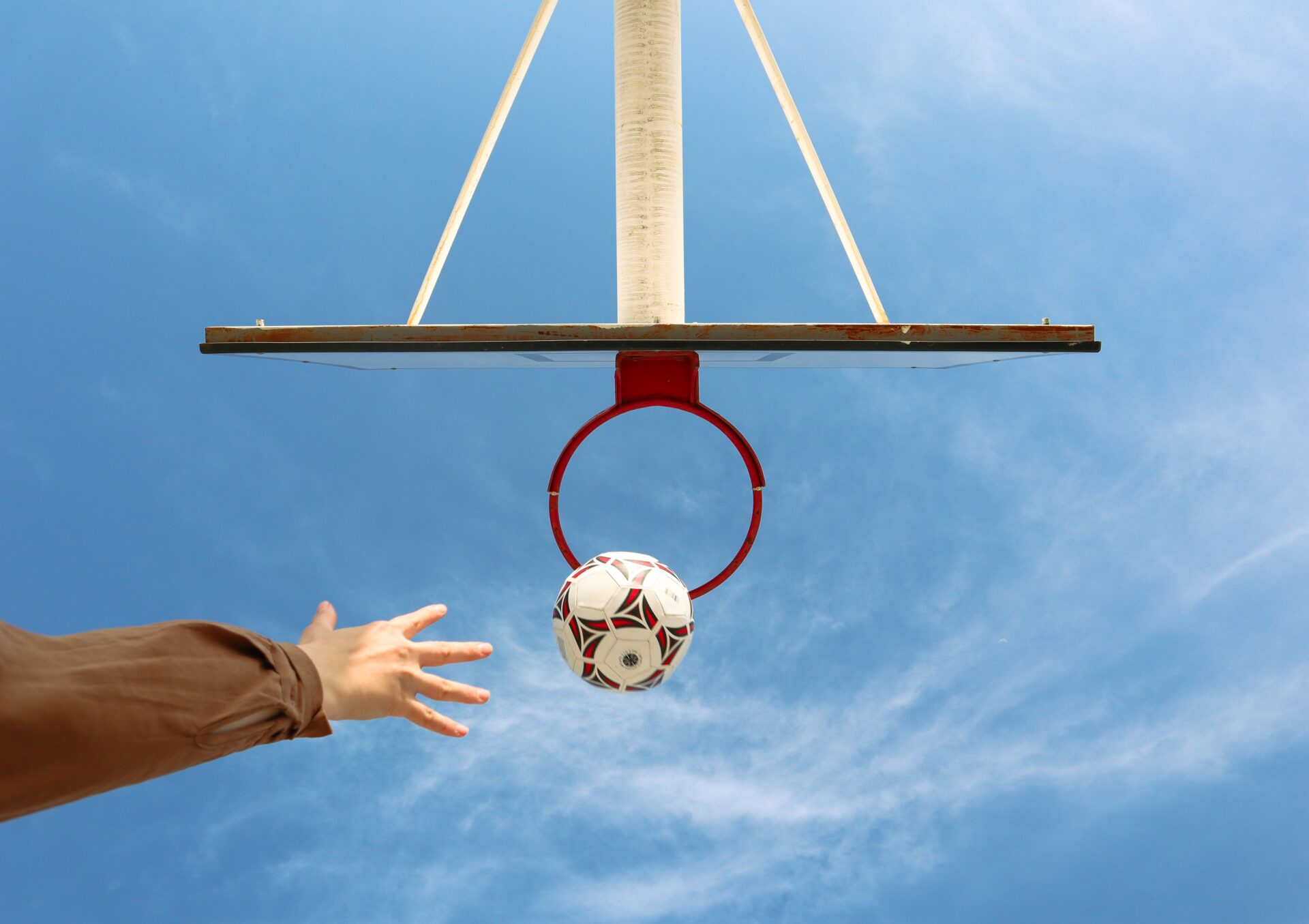Recovery protocols for athletes play a vital role in the healing process and can significantly enhance their overall performance. As athletes push their bodies to the limit, they often face injuries or muscle fatigue. Understanding the importance of proper recovery protocols can help them speed up the healing process and get back in the game faster. These protocols not only focus on physical recovery, but also include aspects such as nutrition, rest, and rehabilitation. By following these protocols, athletes can minimize downtime and prevent further injuries, allowing them to maintain peak performance levels.
Now that we have explored the significance of recovery protocols for athletes, let’s delve into the key takeaways that can help them effectively implement these protocols. Firstly, nutrition plays a crucial role in the recovery process, as the body requires an adequate supply of nutrients for tissue repair and regeneration. We will discuss the importance of consuming the right balance of macronutrients and incorporating anti-inflammatory foods into an athlete’s diet. Rest and sleep are equally essential, as they promote muscle repair and growth. We will explore the optimal duration and quality of sleep required for athletes, along with various relaxation techniques that can aid in the recovery process. Additionally, rehabilitation exercises and techniques can help athletes regain strength and mobility after an injury. We will provide insights into the most effective rehabilitation methods that can expedite healing and prevent future injuries. Through this article, we aim to equip athletes with the knowledge and tools they need to optimize their recovery and achieve peak performance.
Key Takeaways
1. Athletes should prioritize rest and recovery to promote healing and prevent further injuries. This means taking adequate time off and incorporating rest days into their training schedules.
2. Implementing proper nutrition and hydration strategies is essential for optimal recovery. Athletes should focus on consuming nutrient-dense foods to support tissue repair and replenishing electrolytes to restore hydration levels.
3. Active recovery techniques such as light exercise, stretching, and foam rolling can help reduce muscle soreness and improve circulation, accelerating the healing process. Integration of these activities should be incorporated into athletes’ regular routines.
4. Incorporating cold therapy, such as ice baths or cryotherapy, can aid in reducing inflammation and swelling after intense workouts or injuries. Cold therapy should be applied for short durations and followed by rewarming techniques to avoid adverse effects.
5. Utilizing professional assistance, such as physiotherapists or sports massage therapists, can be beneficial for athletes in identifying and addressing specific areas of concern. These experts can provide targeted treatments and guidance to expedite recovery and prevent potential setbacks.
What are the Best Recovery Protocols for Athletes: Speeding Healing?
Importance of Recovery Protocols for Athletes
Recovery protocols are of utmost importance for athletes as they aid in speeding up the healing process after intense physical activities. These protocols help athletes recover faster, prevent injuries, and improve overall performance. By implementing effective recovery strategies, athletes can reduce muscle soreness, inflammation, and fatigue, allowing them to get back to training with minimal downtime.
Rest and Sleep
One crucial aspect of recovery protocols is providing adequate rest and sleep for athletes. Rest allows the body to repair and replenish itself, while sleep enhances the production of growth hormone, crucial for tissue regeneration. Athletes should ensure they get enough sleep, ideally around 7-9 hours per night, to optimize their recovery.
Nutrition and Hydration
Proper nutrition and hydration play a significant role in speeding up healing for athletes. Consuming a balanced diet rich in proteins, carbohydrates, and healthy fats is essential to provide the necessary nutrients for tissue repair and growth. Athletes should also stay hydrated by drinking enough fluids to support optimal bodily functions and recovery.
Active Recovery
Engaging in active recovery activities can significantly expedite the healing process. Light exercises, such as low-intensity cardio, stretching, and foam rolling, promote blood circulation, reduce muscle stiffness, and enhance flexibility. By incorporating active recovery into their routines, athletes can alleviate muscle soreness and promote overall recovery.
Cryotherapy and Cold Therapy
Cryotherapy, including ice baths, cold showers, or the use of ice packs, can be highly beneficial for athletes to speed up healing. Cold temperatures help reduce inflammation, alleviate pain, and constrict blood vessels, minimizing post-performance swelling and muscle damage. Athletes can incorporate cryotherapy techniques into their recovery protocols to enhance the recovery process.
Massage and Manual Therapy
Massage and manual therapy techniques, such as deep tissue massage, trigger point therapy, and myofascial release, are effective in accelerating healing for athletes. These therapies enhance blood flow, reduce muscle tension, and break up scar tissue, aiding in overall recovery and preventing future injuries. Regular massage sessions should be included in athletes’ recovery protocols.
Guided Stretching and Mobility Exercises
Incorporating guided stretching and mobility exercises into recovery protocols can help athletes maintain flexibility, enhance joint range of motion, and prevent muscle imbalances. Stretching routines focusing on the major muscle groups used during training or competitions can aid in reducing the risk of injuries and promote faster healing.
Guided Meditation and Mental Health Support
Recovery is not just about physical healing, but also about mental well-being. Including guided meditation, mindfulness practices, or seeking professional mental health support can be beneficial for athletes. By reducing stress, improving focus, and promoting relaxation, athletes can enhance their overall recovery process and be better prepared for future challenges.
Post-Recovery Assessment and Planning
After implementing recovery protocols, athletes should regularly assess their progress and make necessary adjustments. This may include tracking performance indicators, monitoring fatigue levels, and consulting with sports medicine professionals. By analyzing the effectiveness of their recovery protocols, athletes can make informed decisions to further optimize their healing and performance.
Conclusion
Implementing effective recovery protocols is crucial for athletes looking to speed up healing and optimize their performance. By focusing on rest, nutrition, active recovery, cryotherapy, massage, stretching, and mental health support, athletes can enhance their recovery process and maximize their potential. Remember, consistently prioritizing recovery will keep athletes in top shape and help them stay ahead of the competition.
Top 7 Tips for Effective Recovery Protocols
- How can athletes ensure they are getting enough rest and sleep for optimal recovery?
- What are the essential nutrients athletes should include in their diet to promote healing?
- What are the recommended active recovery exercises for athletes?
- How can athletes incorporate cryotherapy into their recovery protocols?
- What are the different types of massage and manual therapies suitable for athletes?
- Which stretching exercises should athletes focus on for faster healing?
- How can athletes prioritize their mental well-being during the recovery process?
Frequently Asked Questions
1. What are recovery protocols for athletes?
Recovery protocols for athletes are structured plans or strategies designed to accelerate the healing process of the body after intense physical activity. These protocols typically involve a combination of rest, proper nutrition, targeted exercises, and various therapies.
2. How do recovery protocols help speed up healing?
Recovery protocols aid in the speedy healing of athletes by optimizing the body’s natural healing mechanisms. They help reduce inflammation, improve blood flow to the injured areas, promote tissue repair, and prevent further damage, allowing athletes to return to their peak performance faster.
3. Are recovery protocols only necessary for injured athletes?
No, recovery protocols are not just limited to injured athletes. Even individuals who engage in intense physical activities regularly can benefit from incorporating recovery protocols into their routine. These protocols help prevent injuries, improve overall performance, and enhance the body’s ability to recover from strenuous workouts.
4. What are some common recovery protocols used by athletes?
Common recovery protocols used by athletes include adequate sleep, hydration, balanced nutrition, stretching exercises, foam rolling, cold and hot therapy, massage therapy, and the use of compression garments. These protocols may vary based on the type of sport and individual needs.
5. How long should an athlete follow recovery protocols?
The duration of following recovery protocols depends on the severity of the injury or intensity of the physical activity. In general, athletes should continue to incorporate these protocols into their routine until they have fully healed or until the post-activity muscle soreness has subsided.
6. Can recovery protocols be personalized for individual athletes?
Yes, recovery protocols can and should be personalized for individual athletes. Different athletes have unique needs and requirements based on their sport, age, fitness level, and any pre-existing conditions. Tailoring the protocols to address specific areas of concern can maximize their effectiveness.
7. Are there any risks associated with following recovery protocols?
When followed correctly and under professional guidance, recovery protocols are generally safe. However, it is important to listen to your body and not push beyond your limits. If you have any underlying medical conditions or concerns, it is recommended to consult with a healthcare professional to ensure the suitability of specific recovery protocols.
8. Can overdoing recovery protocols hinder healing?
Yes, overdoing recovery protocols can potentially hinder healing. While it is important to follow the recommended protocols, excessive rest or excessive use of certain therapies without proper guidance can interfere with the body’s natural healing process. It is crucial to strike a balance and follow the protocols as advised.
9. Is it necessary to consult with a healthcare professional for recovery protocols?
While it is not always necessary to consult with a healthcare professional for general recovery protocols, it is highly recommended, especially if you have a pre-existing condition or are dealing with a specific injury. A healthcare professional can provide personalized advice and ensure the protocols align with your individual needs.
10. Can recovery protocols be combined with other treatment options?
Yes, recovery protocols can often be combined with other treatment options, such as physical therapy, chiropractic care, or medication. It is beneficial to work with a team of healthcare professionals who can collaborate and determine the most effective combination of treatments to promote healing and optimize recovery.
Final Thoughts
The implementation of well-designed recovery protocols plays a crucial role in helping athletes expedite their healing process and return to their athletic endeavors with reduced downtime. By following these protocols, athletes not only minimize the risk of reinjury but also enhance their overall performance and well-being. Each athlete deserves a personalized approach when it comes to recovery, considering their unique physiological and psychological factors. Consulting with healthcare professionals and experts in the field can further optimize the efficacy of recovery protocols, ensuring athletes make a strong comeback and maintain their long-term athletic success.




